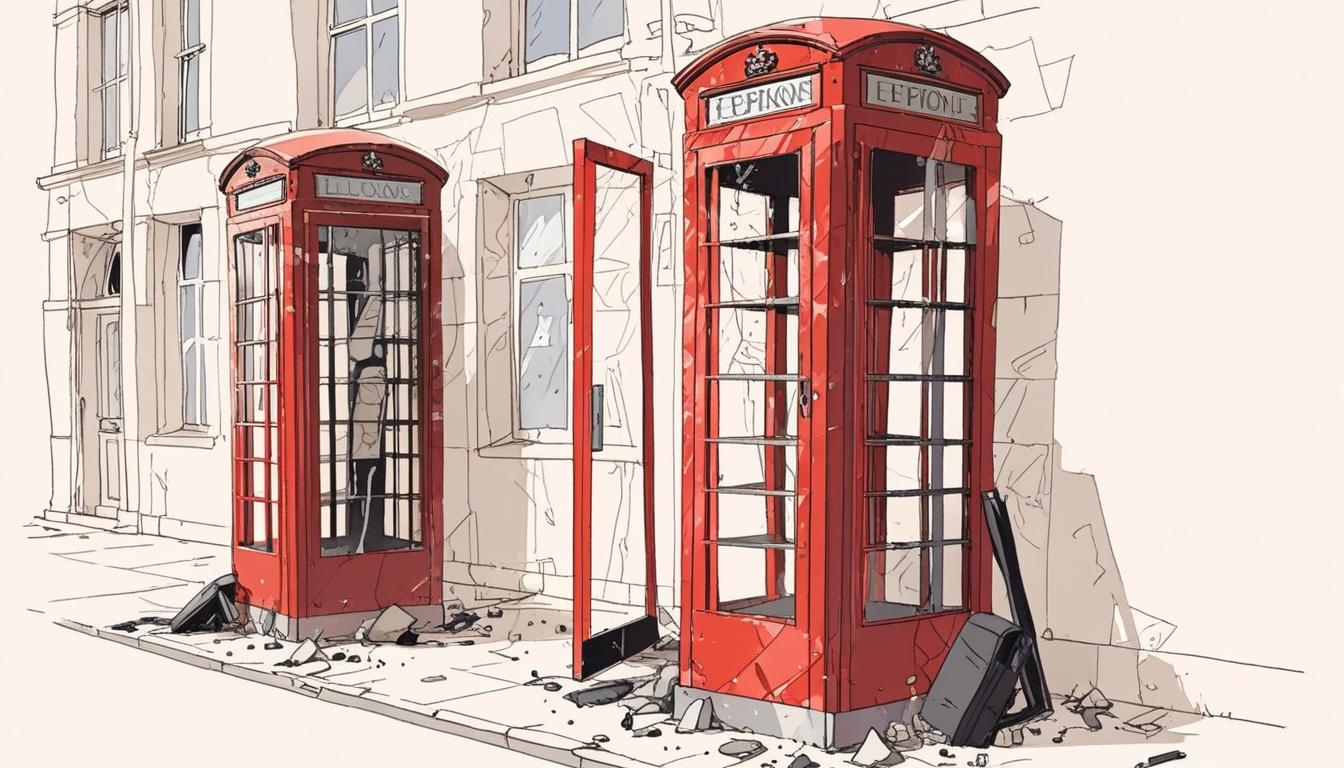In Oxford, the iconic red phone kiosks, some of which hold Grade II listed status, are increasingly falling into disrepair, raising concerns about their preservation amid declining usage. Originally inspired by a tomb, the first of these kiosks was installed a century ago and has since become a cultural landmark, finding its way into various aspects of British popular culture, from J.K. Rowling's "Harry Potter" series to David Bowie's "Ziggy Stardust" album cover.
However, with the advent of mobile technology, traditional phone-boxes have become largely redundant. BT has reported that calls made from its public telephones have dropped by approximately 90 percent over the last decade. This significant decline has rendered many kiosks mere relics on high streets, symbols of the nation's historical landscape rather than functional utilities.
Despite their listed status, which aims to protect 17 of Oxford's kiosks from removal, the condition of many is concerning. The Oxford Times recently reported several instances of neglect, with broken glass panes and litter observed in several kiosks. A K2 box located near Carfax Tower, a prominent tourist site, displayed shattered glass and rubbish. Another kiosk outside All Souls College had broken glass scattered across its floor, with cigarette butts and bottle caps littering the area. Notably, a K6 kiosk on St Giles' East was discovered missing both glass panes and a door, while another on Jowett Walk displayed similar signs of damage.
BT maintains that the upkeep of these kiosks falls under the responsibility of local communities that participate in its 'Adopt a Kiosk' programme. A spokesperson highlighted the challenges posed by vandalism and anti-social behaviour, stating, “Unfortunately, given payphones are in public areas and accessible to all, they can become targets of anti-social behaviour and vandalism.” Historic England also underscored the obligations of owners to maintain listed structures, emphasising the necessity for local authorities to monitor their condition.
The Oxford Civic Society has voiced its concerns regarding the deteriorating state of these phone-boxes and is exploring avenues for better management. Ian Green, chairman of the society, remarked, “The boxes are valued and once ownership is clarified we will support their better management.” The society aims to clarify ownership before developing strategies for preservation.
While some kiosks still retain their payphones, much of BT’s stock is being removed to cut costs associated with maintaining the large estate of payphones, which amounts to millions annually. BT confirmed that one payphone in the Jowett Walk kiosk is scheduled for removal soon.
Despite the challenges, there have been efforts to repurpose these kiosks. Since the introduction of the 'Adopt a Kiosk' programme in 2008, several have been transformed into community assets such as mini libraries or art displays. One notable instance is on Pembroke Street, where a kiosk has been taken over by Oxford’s Story Museum.
Overall, the future of Oxford's red phone kiosks hangs in the balance, caught between their historical significance and the realities of modern communication. As the decline in usage continues, the question of how to preserve these landmarks arises, urging communities and local authorities alike to reconsider their roles in safeguarding this slice of British heritage.
Source: Noah Wire Services
